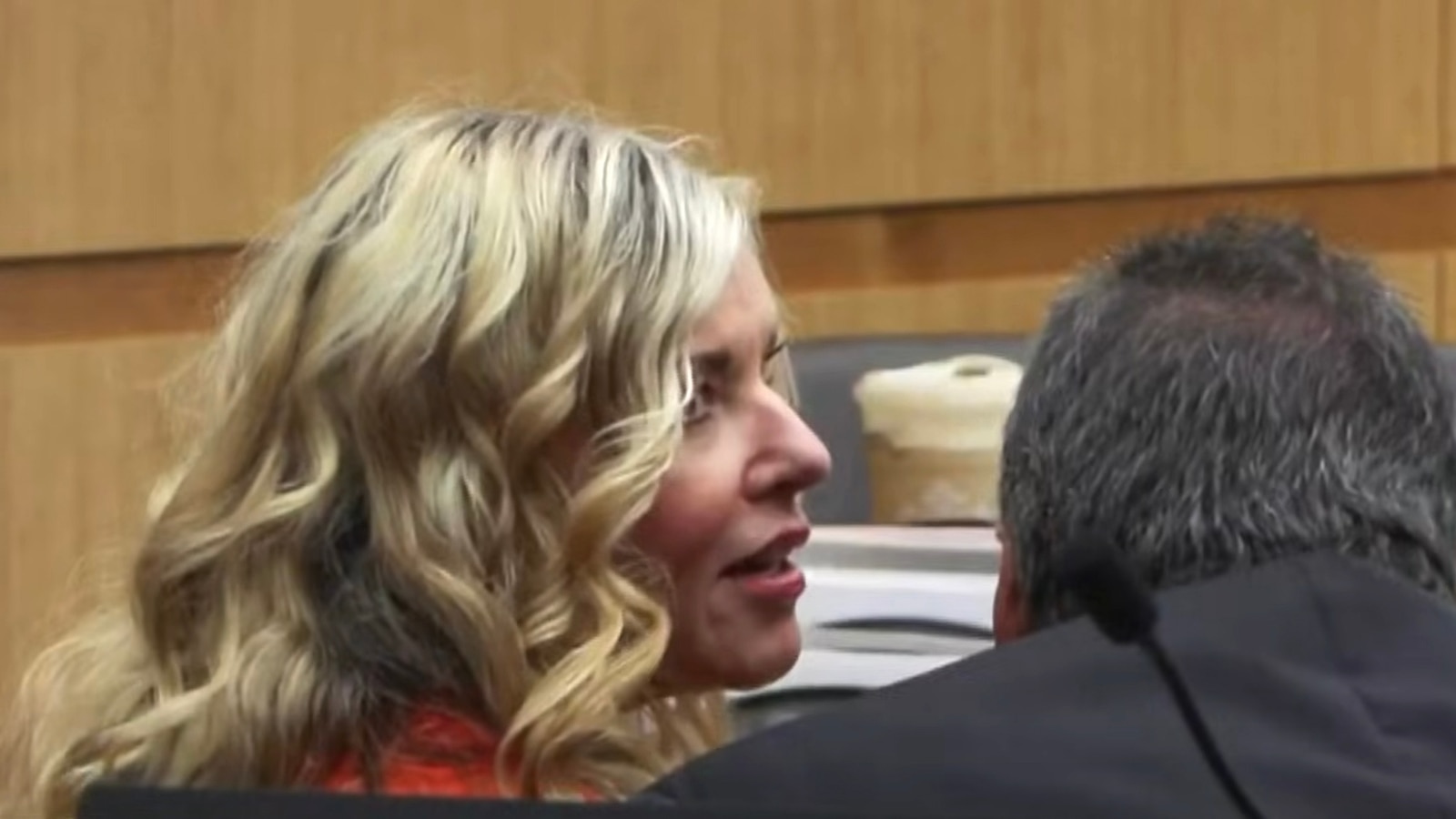What Happened
The Virginia gubernatorial race for 2025 is shaping up to be a significant political event, particularly as it occurs in a state that has become a bellwether for national trends. Former Representative Abigail Spanberger, a Democrat, is running against current Lieutenant Governor Winsome Earle-Sears, a Republican. The election is notable not only for its candidates but also for the broader implications it may have regarding voter sentiment towards former President Donald Trump’s policies, which have been a focal point in the campaign.
As of June 2025, Spanberger has demonstrated a strong financial advantage, boasting over $14 million in campaign funds compared to Earle-Sears’ less than $3 million. This financial disparity is critical in a state where campaign spending can significantly influence voter outreach and engagement. The election is set against a backdrop of federal workforce cuts that have disproportionately affected Virginia, particularly in Northern Virginia, where many residents are employed by the federal government.
Key Details
- Candidates: Abigail Spanberger (Democrat) vs. Winsome Earle-Sears (Republican).
- Financials: Spanberger has raised approximately $14.3 million, while Earle-Sears has raised under $3 million.
- Political Context: The election is viewed as a referendum on Trump’s presidency, particularly his administration’s cuts to federal jobs, which have impacted many Virginians.
- Historical Significance: If Earle-Sears wins, she would become the first Black female governor in U.S. history. Spanberger’s potential victory would mark her as Virginia’s first female governor.
- Voter Turnout: Early voting has seen significant participation, with over 189,000 Virginians casting ballots prior to the primary, indicating heightened interest in the election.
Multiple Perspectives
The race has elicited varying interpretations from political analysts and party officials. Supporters of Spanberger argue that her moderate stance and background as a former CIA officer make her a strong candidate to appeal to a broad range of voters, particularly in a state that has shifted towards the Democrats in recent years. They emphasize that her campaign is a direct response to the dissatisfaction many feel towards Trump’s policies, particularly among federal employees.
Conversely, Earle-Sears’ supporters contend that her experience as lieutenant governor and her socially conservative platform resonate with a significant portion of Virginia’s electorate. They argue that her candidacy represents a necessary counterbalance to the Democratic agenda and that her unique background as a Black woman in a leadership position could galvanize support among diverse voter groups.
Political analysts note that while Republicans typically benefit from being the opposition party during gubernatorial elections in Virginia, this year presents unique challenges. The historical trend shows that the party holding the White House often loses the gubernatorial race in Virginia, which could pose a significant hurdle for Earle-Sears.
Context & Background
Virginia’s gubernatorial elections are closely watched as they often serve as a barometer for national political trends. The state has a history of swinging between Democratic and Republican leadership, making it a key battleground. The 2025 election is particularly significant as it follows a presidential election year, where voter sentiment towards the incumbent party can heavily influence outcomes.
The impact of Trump’s administration on Virginia’s economy, particularly through cuts to federal jobs, has created a fertile ground for Democratic candidates to rally support against Republican opponents. Additionally, the presence of a diverse slate of candidates, including Earle-Sears and potential Democratic nominees for other statewide offices, reflects the evolving political landscape in Virginia.
What We Don’t Know Yet
As the election approaches, several uncertainties remain. The effectiveness of Spanberger’s fundraising advantage in translating into votes is still to be determined. Additionally, how Earle-Sears will address her financial shortfall and rally support in a state that has leaned Democratic in recent elections remains unclear.
Furthermore, the extent to which Trump’s influence will play a role in voter turnout and sentiment is still being assessed. While early voting numbers indicate high engagement, it is uncertain whether this enthusiasm will persist into the general election. The dynamics of the primary elections, particularly among Democrats, could also shift as candidates position themselves in response to the evolving political climate.
Overall, the Virginia gubernatorial race in 2025 is set against a complex backdrop of economic challenges, historical precedents, and shifting voter demographics, making it a critical event to watch in the lead-up to the November elections.


